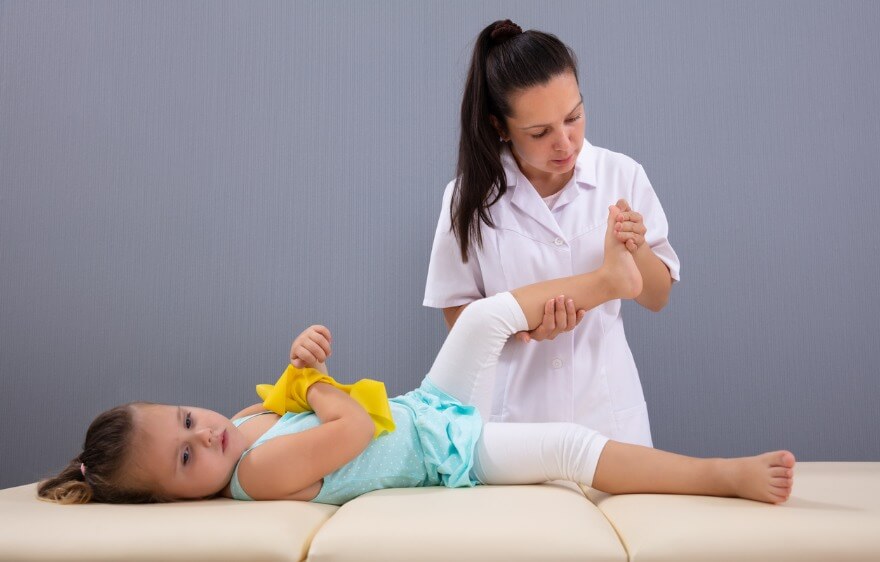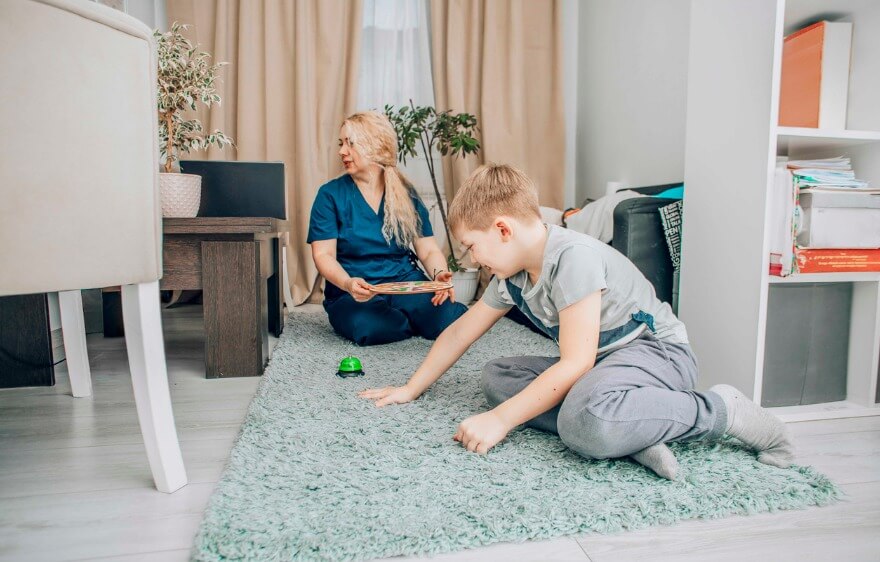If you are like many people, some of your New Year’s resolutions revolved around getting more physical activity into your senior care routine with your loved ones.
While getting more active is a fantastic way to help your parents lose weight, increase flexibility and range of motion, support better mobility and balance, and improve their quality of life, getting too enthusiastic and really going for it right off the bat can put too much pressure on your loved ones’ bodies, possibly resulting in a pulled muscle.
What Is a Pulled Muscle?
Pulled muscles, also referred to as muscle strains, are injuries created by stretching or even tearing the muscles or tendons in your body.
This can result in pain, stiffness, and inability to move the body part normally. Pulled muscles can occur very quickly when you move suddenly, overexert your body, or even experience a fall.
Pulled Muscle Symptoms
Symptoms of pulled muscles include:
- Difficulty moving the injured muscle
- Muscle spasms
- Pain and/or swelling in the affected area
Knowing how to handle a pulled muscle can help you guide your parents through recovery and ease them back into an active, healthy lifestyle as quickly and effectively as possible.
Pulled Muscle Treatment
If your loved ones cannot move the affected joint at all, cannot walk more than four steps without having to stop due to the pain, or are experiencing numbness in any region of the injured area, the injury could be very serious and you need to get in touch with their doctor as quickly as possible.
Proper evaluation and diagnosis of the injury allows patients to get the treatment they need to restore their muscle or joint health.
How to Help a Pulled Muscle
If you and your loved ones encounter a less severe pulled muscle during your new quest for physical activity and improved health, some ways you and your parents’ elderly health care services provider can help your parents overcome the injury and return to their normal lifestyle soon include:
Rest the area. As soon as your loved one notices the injury, take weight off it and encourage them to take it easy for a day or two until the pain subsides.
Ice. Apply ice as soon as you can to reduce swelling and help prevent further damage to the injured area. Be sure not to apply ice directly to the skin as this could cause ice burns. Instead, wrap the ice or ice pack in a cloth or place it on top of a towel and limit icing to 20 minutes.
Compression. Ease pain and reduce swelling by compressing the area using an elastic bandage. Start wrapping at the area farthest from your heart and do not wrap so tightly that it reduces circulation. If the pain increases, loosen the bandage.
Elevate. Reduce swelling further and help the area to heal by elevating the area above the heart, particularly when your parents lay down to sleep at night.
Contact Care Options for Kids for Home Health Care Services in Florida
If you or an aging loved one are considering home health care services in Florida, contact the caring staff at Care Options for Kids. Call today at (888) 592-5855.






